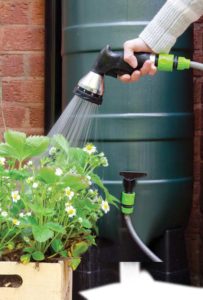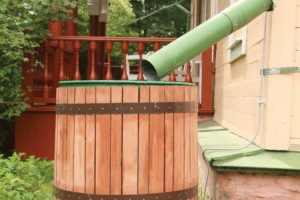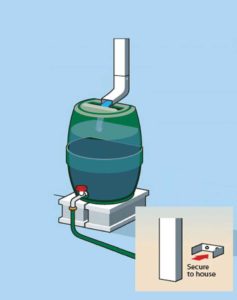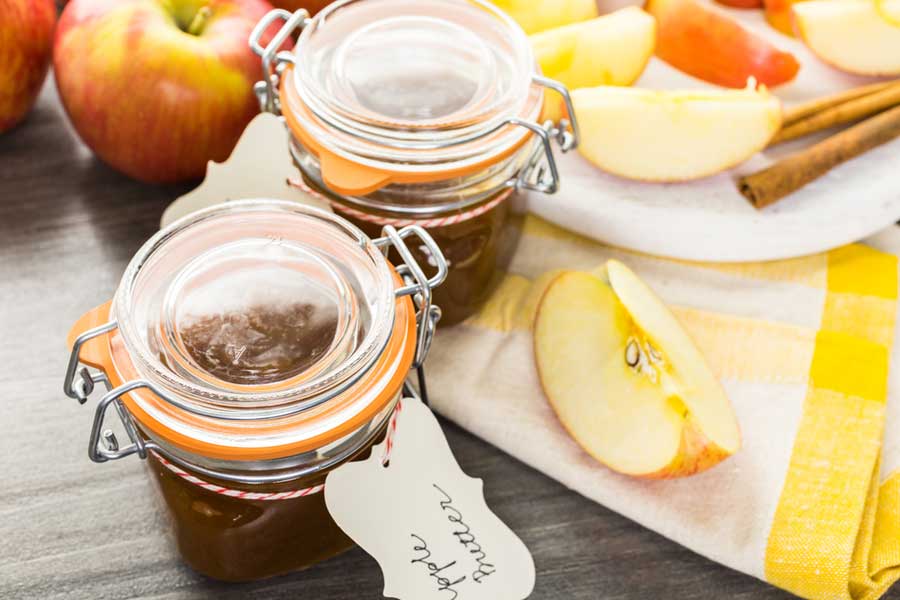Roll Out the Rain Barrel
05 Oct 2016
Great news for gardeners
The governor recently signed a bill allowing homeowners to use rain barrels to collect rainwater
By Carol O’Meara There’s a saying in the West that “whiskey’s for drinking and water’s for fighting.” With every drop of water regulated by water rights and by interstate and international treaties, rolling out a rain barrel meant running afoul of the law. But that’s changing now that Gov. John Hickenlooper signed House Bill HB16-1005 on May 12, which allows people to use rain barrels at home as a water-conservation effort.

Rain Barrel Requirements

—C.O.
How to Install a Rain Barrel
Materials
- A sturdy, elevated base made of concrete blocks, bricks or wood
- A rain barrel with a filter screen and spigot
- A metal bracket
- A hacksaw
- Screws or PVC cement
- A downspout elbow
- A downspout diverter kit
- A hose to attach to the rain barrel spigot













